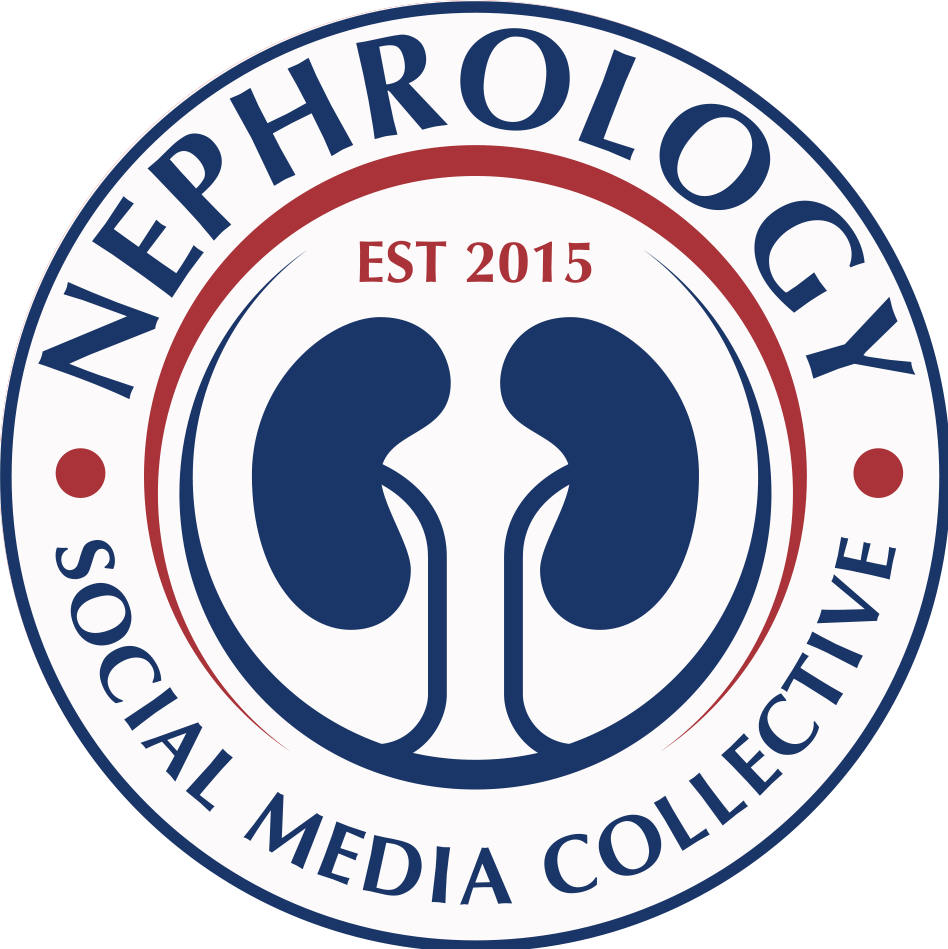Disparities in Access to Kidney Transplant among Indigenous Australians
“When will my child get a kidney transplant?” Mrs. G asks me during another regular clinic visit. Her child, JJ is an 9 years old Aboriginal Australian boy with end stage kidney disease (ESKD) who has been on peritoneal dialysis (PD) for the past 2 years. I shake my head and say: “I don’t know but I am advocating each step of the way!”
JJ’s period on dialysis has been extremely challenging to say the least. Mrs.G had to relocate from her remote community to the city and has received training in PD so that JJ could attend regular check-ups and start dialysis. Mrs. G is a single mother with 2 other children and left her children behind in her community with her relatives. While trying to navigate the city life and the difficult hospital care system, Mrs. G and JJ left behind their support network and are away from their cultural roots.
When JJ started dialysis his health care team initiated the pre-transplant work-up; as a result there was an increase in the number of appointments and tests. Unfortunately, Mrs. G was unable to navigate all these changes and consequently adherence to appointments and medication waned. Mrs. G also got evicted from her house a couple of times when neighbors complained about visitors from her community and the noise. After 8 months on PD, JJ got peritonitis and had to be moved to a tertiary centre where he was switched to hemodialysis (HD) temporarily and then transitioned back to PD. Mrs.G struggled with her limited health literacy and overwhelming responsibilities but eventually JJ got listed for transplant after 24 months of being on dialysis with extensive support from a multi-disciplinary team! We all rejoiced but now another wait begins…
The above hypothetical case summary derived from many similar cases, demonstrates a few of the immense challenges which Indigenous Australians face during their ESKD journey. Indigenous Australians make up only 3% of the total population however they have a significantly higher incidence of ESKD than non-Indigenous Australians, as shown in Figure 1 ANZDATA 41st Annual Report 2018 (Data to 2017). This is attributed to high burden of comorbidities including diabetes mellitus, hypertension and obesity.
Figure 1 from ANZDATA 2019
Kidney transplantation is the optimal treatment for ESKD, but there is marked disparity in access to transplant among Indigenous and non-Indigenous Australians, a situation that is similar to Indigenous patients in New Zealand, Canada and the United States Indigenous people in Australia, Canada, New Zealand and the United States are less likely to receive a kidney transplant. For example, in 2017, 49% of non-Indigenous prevalent patients with ESKD were on dialysis while 51% had received a kidney transplant. In contrast, only 13% of the prevalent Indigenous patients with ESKD in 2017 had received kidney transplant with the remaining large majority being on dialysis according to the ANZDATA 41st Annual Report 2018 (Data to 2017).
So what are the factors accounting for this disparity? Previous studies have recognized multiple barriers which contribute to longer wait times and decreased access to transplantation for Indigenous Australians. These include language/cultural barriers, remoteness, poor access to health care especially tertiary dialysis and transplant centre access, and the attitude of healthcare practitioners The IMPAKT study: using qualitative research to explore the impact of end-stage kidney disease and its treatments on aboriginal and Torres Strait Islander Australians. Aboriginal families have often had to relocate from their remote homes to be closer to health care when a family member develops ESKD. This situation leads to considerable social hardship and isolation. Another issue identified is poor communication between health care practitioners and patients/families as well as need for culturally appropriate educational programs to help Indigenous patients/families make informed choices. Sharing the true stories: improving communication between Aboriginal patients and healthcare workers. Adult Indigenous patients often have a higher burden of comorbidities, and in particular diabetes, which further delay transplant listing and access to transplant disparity of access to kidney transplantation by Indigenous and non-Indigenous Australians.
Considerable work needs to be done to address the disparities in transplant access among Indigenous Australians. The Transplantation Society of Australia and New Zealand published a position paper in 2018 which elucidates a multi-pronged approach to address some of these issues Improving Access to and Outcomes of Kidney Transplantation for Aboriginal and Torres Strait Islander People in Australia. The paper identified research gaps as well as policy initiatives which need to be taken. A few of its recommendations include: training of the renal health workforce to deliver patient-centered care for Indigenous patients, establishing an Indigenous reference group in every transplant unit to help design models and pathways of culturally appropriate care, adoption of patient navigators as part of pre-transplant protocols; effective use of tele-health in completing pre-transplant work-up and post-transplant follow up; and evaluating and leveraging existing initiatives that target cultural bias in the health services. With poor access to health care, a higher burden of comorbidities and major disparity in kidney transplantation compared to non-Indigenous individuals, Aboriginal patients face many challenges navigating their diagnosis of ESKD and the healthcare system. Transplant centers can help overcome this disparity by tailoring their approach to help patients/family members better understand their diagnosis and treatment. With a better understanding of the lives, culture and difficulties Indigenous patients face, health care professionals can improve their access to healthcare and hopefully “Close the Gap” that currently exists Close the Gap: Indigenous Health Campaign.
Swasti Chaturvedi, MD
Pediatric NephrologistDarwin, Australia
@SwastiThinks

